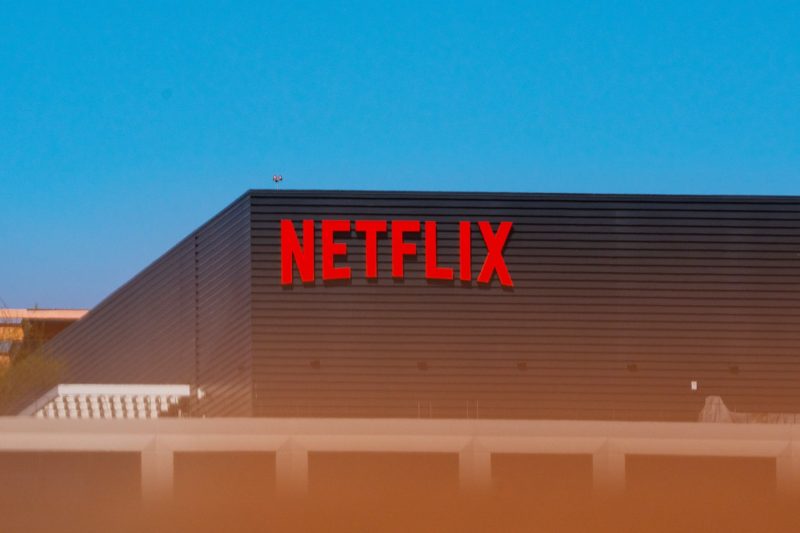The recent announcement by Netflix regarding their ad-supported tier reaching a milestone of 40 million monthly users is a significant development that has sparked conversations within the streaming industry. This increase in users to nearly double the previous count highlights the growing popularity of ad-supported options within the streaming services landscape.
With the rise of streaming platforms and the increasing adoption of digital media consumption, Netflix’s decision to introduce an ad-supported tier was a strategic move to attract a broader audience and cater to different consumer preferences. The move not only provides more options for viewers but also opens up new revenue streams for the company.
The success of the ad-supported tier can be attributed to various factors. One key factor is the changing consumer behavior, with many users becoming more accustomed to seeing ads as part of their viewing experience. By offering an ad-supported option, Netflix is able to tap into a larger market segment that may prefer a free or lower-cost alternative with ads.
Moreover, the ad-supported tier allows Netflix to diversify its revenue streams beyond subscription fees. Advertising revenue can be a substantial source of income for the company, especially considering the massive reach and engagement of its platform. Advertisers are eager to leverage the platform’s large user base to promote their products and services, making it a win-win situation for both Netflix and advertisers.
Another factor contributing to the success of the ad-supported tier is the content offering. By combining a mix of original programming, licensed content, and targeted ads, Netflix is able to provide a compelling viewing experience for users. The ability to deliver personalized ads based on user preferences and viewing habits enhances the overall user experience and makes the ads more relevant and engaging.
Furthermore, the success of the ad-supported tier underscores the importance of choice and flexibility in the streaming industry. By offering different tiers and pricing options, streaming services can cater to a wider range of audiences with varying preferences and budgets. This approach not only helps attract more users but also fosters loyalty and retention among existing subscribers.
In conclusion, Netflix’s ad-supported tier reaching 40 million monthly users is a testament to the changing dynamics of the streaming industry and the evolving preferences of consumers. By embracing advertising as a revenue stream and offering more choices to users, Netflix has positioned itself for continued growth and success in the highly competitive streaming market. The success of the ad-supported tier serves as a reminder of the importance of innovation, adaptability, and user-centric strategies in the constantly evolving digital landscape.




























